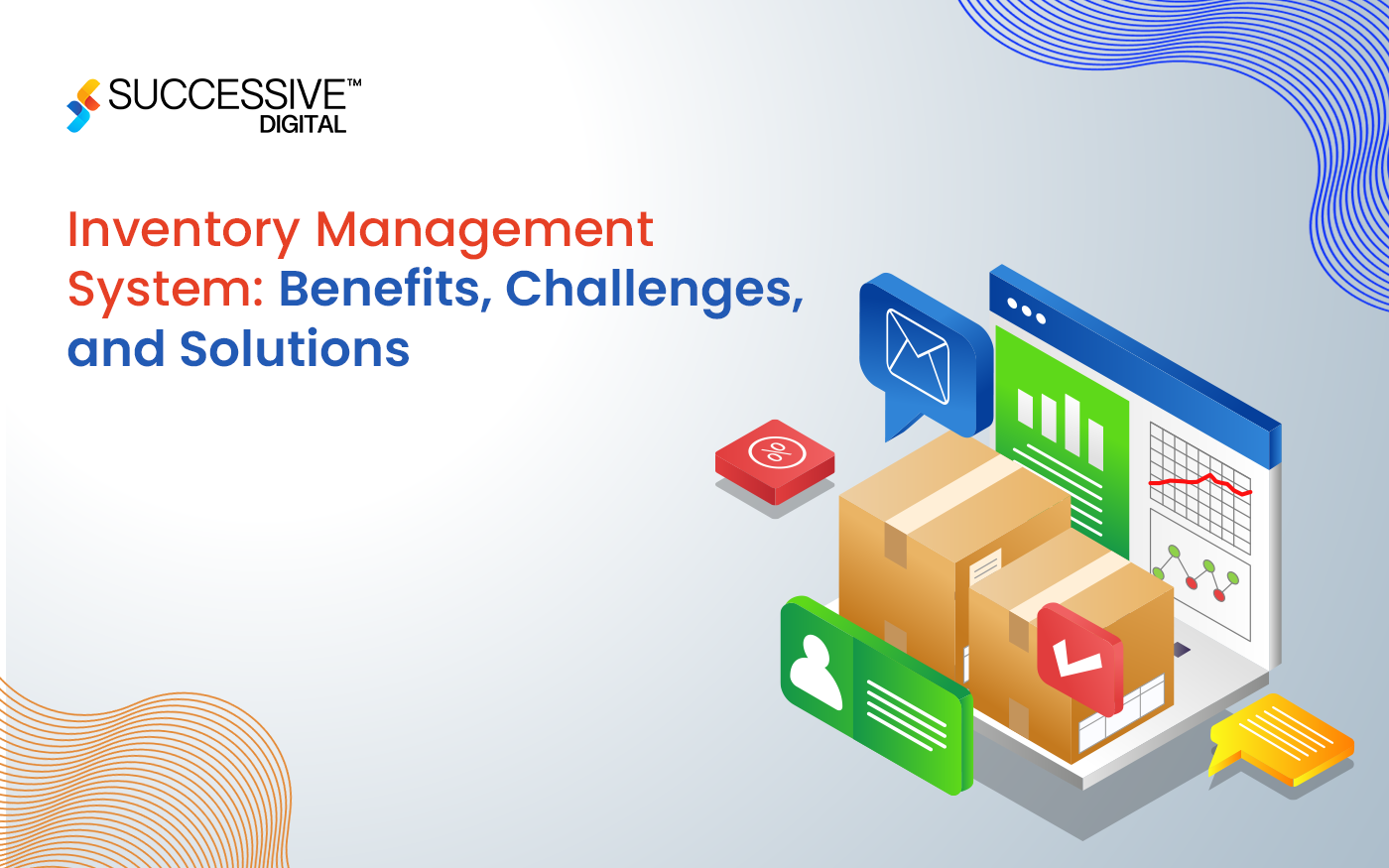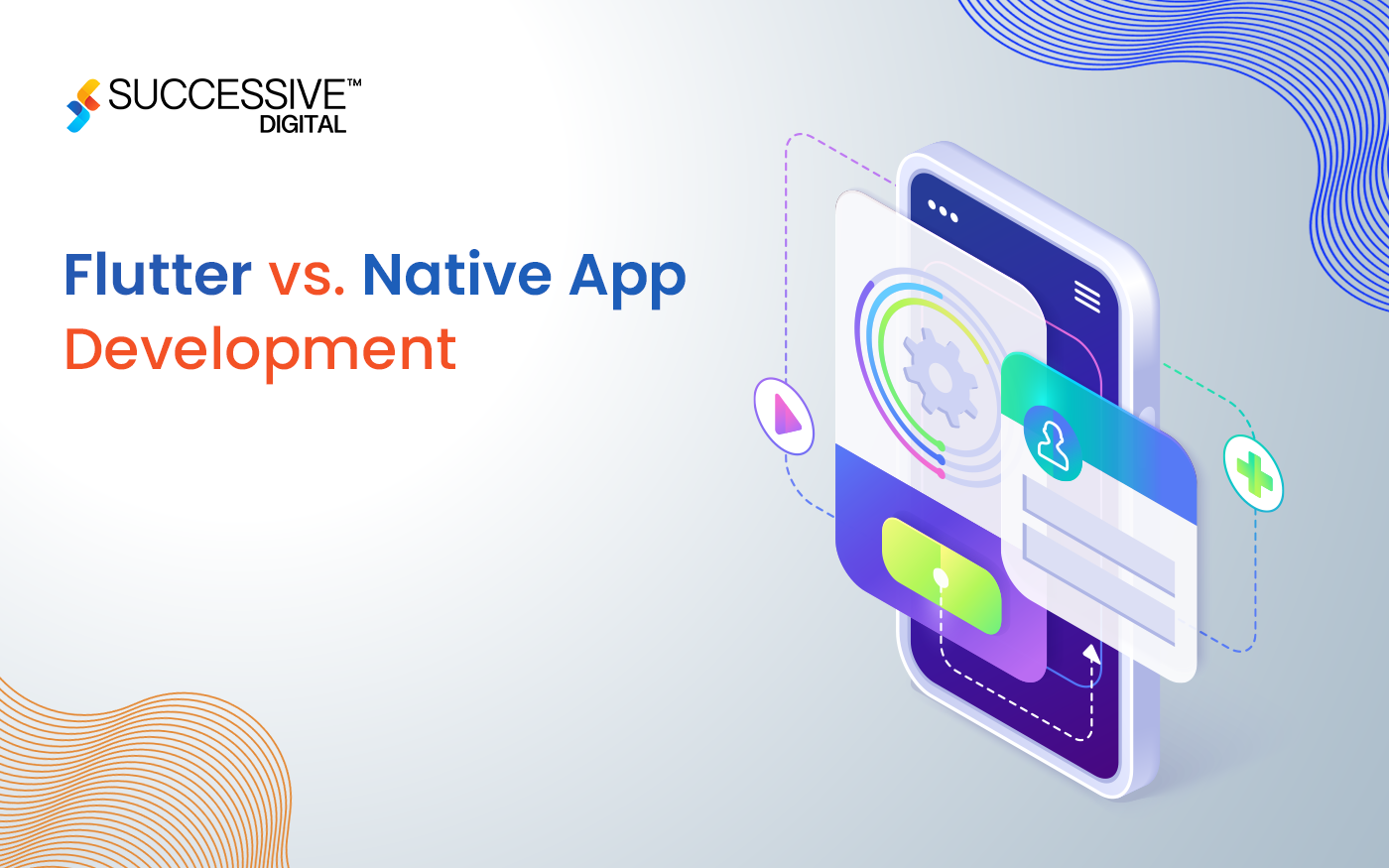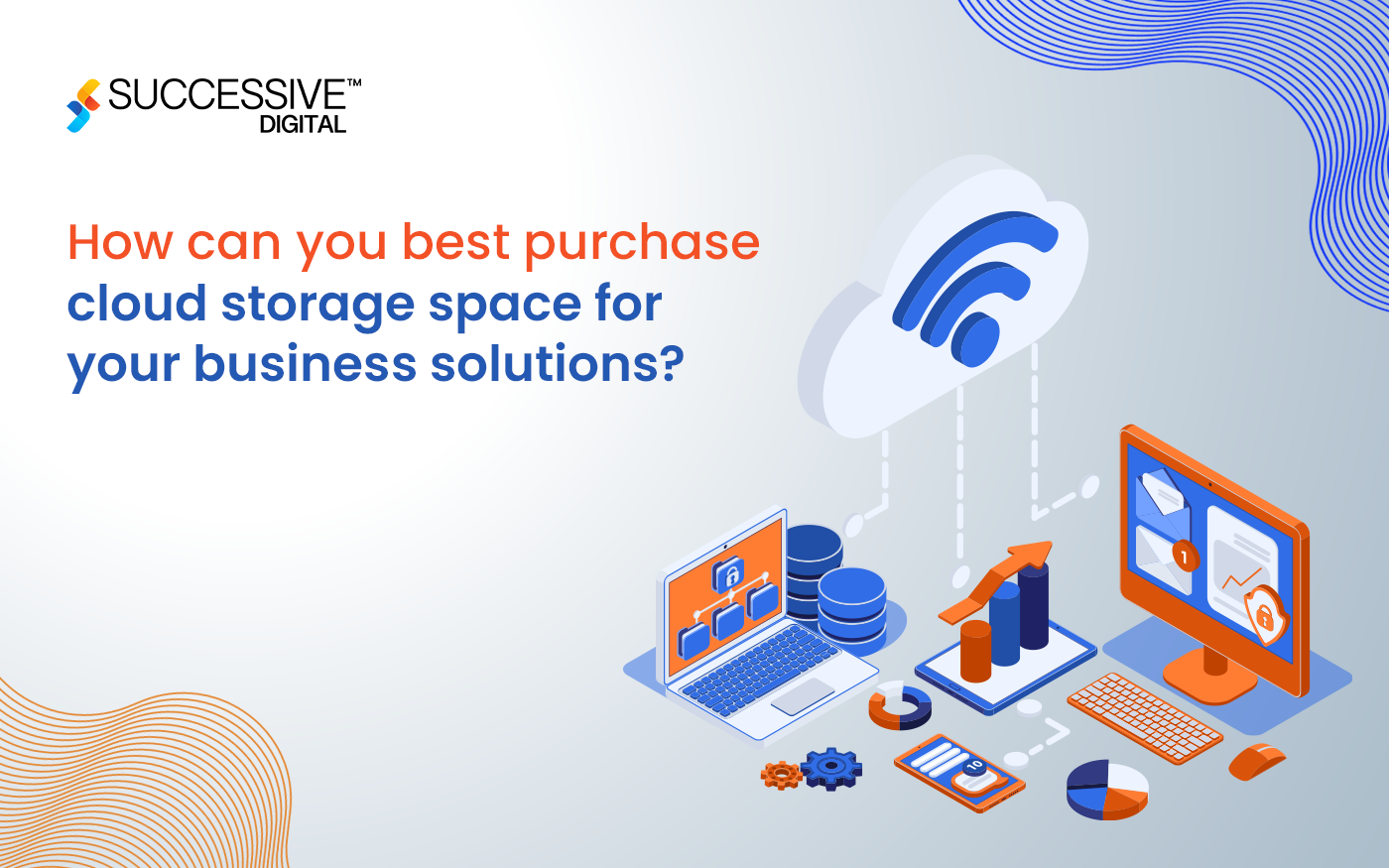- Telemedicine has significantly improved access to healthcare services cutting across geographical boundaries and remote areas with limited or no availability to health facilities.
- With telemedicine, patients can now schedule appointments at their convenience, eliminating the need for long waits in crowded waiting rooms and long queues of physical registrations.
- Telemedicine facilitates seamless care coordination and collaboration among healthcare providers through electronic health records (EHRs) and secure communication platforms.
- Replacing traditional care delivery, telemedicine is becoming a new digital reality in the global healthcare and pharmaceutical industry with proven outcomes at reduced costs.
The Advent of Digital in Healthcare
Digital transformation has ushered in a new era of healthcare delivery, and telemedicine is one of its most significant advancements. As a result of the COVID-19 pandemic, virtual care methods have become increasingly vital to the health technology world and a key enabler to the global healthcare transformation landscape.
Telemedicine, which provides remote medical care and consultations using digital technologies, has revolutionized how health providers deliver their services to patients in today’s digital era. Through video conferencing, super healthcare apps, and remote monitoring devices, telemedicine is transforming the way patients access healthcare services at their convenience and individual fingertips.
Caregivers Moving to Proactive Health Delivery
As healthcare is getting digitalized, healthcare providers are moving beyond treating illnesses to facilitating proactive care to patients with advanced digital solutions. While drafting their care strategy, many healthcare companies considered taking virtual health tech. as one of the prime areas of focus. Here are some key benefits of telemedicine solution that helps providers transform how patients interact with healthcare professionals.
As virtual healthcare is expanding rapidly, the global health ecosystem is changing with a new lens of digital transformation. While patient-centric digital healthcare models are on the rise, traditional care delivery is becoming common, and providers must continuously innovate to deliver healthcare experiences at speed. The market is witnessing collaboration among health facilities and technology providers to shape the future of online health.
.png)
Improved Access to Healthcare
No longer are geographical boundaries preventing individuals from accessing healthcare providers. Telemedicine enables individuals to obtain consultations, medical advice, and even prescriptions from the comfort of their own home. Not only does this save individuals the expense of time and money which they may have otherwise spent travelling, it also increases healthcare availability to those who are unable to reach medical facilities due to physical restrictions or the unavailability of transportation.
Convenient and Punctual Care
Telemedicine helps patients with appointing a session which best suits them, eliminating the requirement for them to wait in chaotic places, particularly at general health services. This not only saves time, but it also reduces the odds of exposure to contagious diseases in hospitals. Through phone consultations, video calls or secured messaging platforms, people can connect with healthcare personnel and receive the necessary care without having to personally visit healthcare establishments.
Improved Patient Care and Outcomes
Telemedicine assists in making care coordination and collaboration between healthcare providers easier. Through the employment of EHR and shield-proof platforms, healthcare personnel can efficiently share patient information, tests results, and treatment programs on effective technologies. This instant exchange of information permits judgements to be made accurately and expediently, paving the way for improved patient outcomes. Telemedicine also provides the advantage of multidisciplinary consultations, in which professionals from different parts of the world can converge virtually to discuss complex cases and provide combined medical care.
Remote Monitoring & Administration
The advancement of modern-day technology lets for remote monitoring of patients’ states of health, completely transforming the management of chronic ailments from any place at any time. Patients diagnosed with chronic health conditions exploit wearables and in-home monitoring apparatus to measure indicators like blood pressure, heart rate, glucose levels, and more. This information is transmitted to healthcare personnel in real-time, permitting proactive interventions and adaptations to treatment schemes.
Decreased Healthcare Expenses
Telemedicine plays a role in significantly localizing healthcare outlays. By doing away with the need for in-person visits, telemedicine cuts out the expenses spent on transportation, parking, and the duration off from work by both patients and healthcare workers. Additionally, it lightens the load on medical establishments, optimizing their capabilities and reducing the pressure on emergency departments. By presenting more efficient and affordable care, telemedicine makes medical care open to all with ease.
A Prime Example of Technology in Healthcare
Telemedicine is an ideal example of how digital transformation is revolutionizing the healthcare industry, leveraging technology, and overcoming geographical barriers by enhancing access to care for all. With improved patient convenience and better collaboration among healthcare providers, telemedicine is setting the future of care delivery right.
Telemedicine trends shaping the health tech. industry
The integration of wearable devices and IoT technology assists providers in monitoring patients’ vital signs and health conditions remotely, enabling proactive interventions and personalized care.
AI-powered chatbots and virtual assistants assist in triage, provide personalized health information, and support remote consultations, enhancing patient engagement and improving healthcare efficiency.
Telemedicine is now offered through super apps, providing patients with a wealth of advantages such as streamlined virtual consultations, the ability to schedule appointments, secure messaging, and access to medical records, thereby greatly enhancing the overall experience.
Telemedicine platforms have begun to include health coaching services, offering tailored instruction on diet, exercise, and lifestyle changes that empower individuals to take charge of their health.












